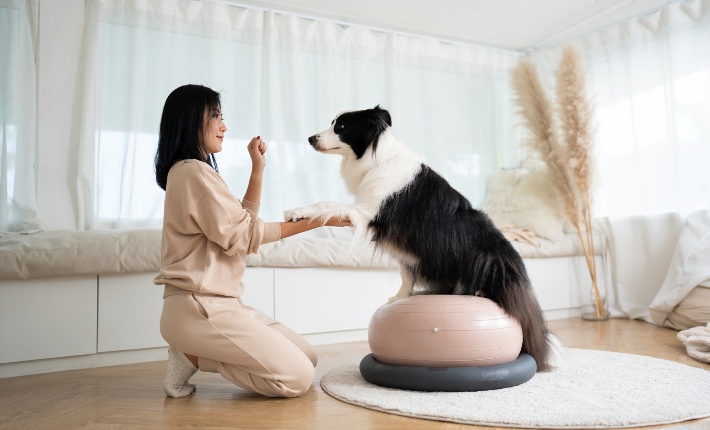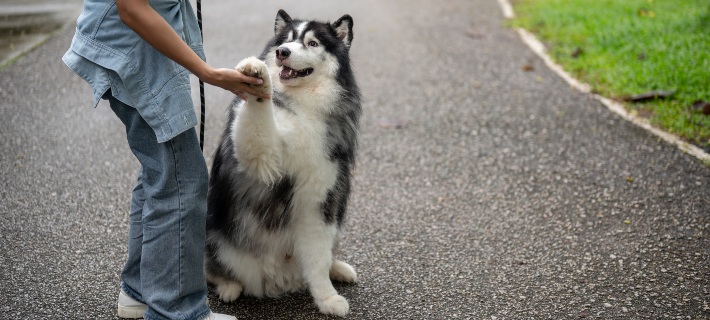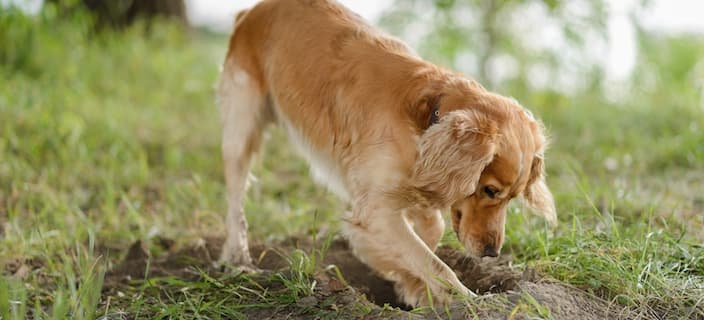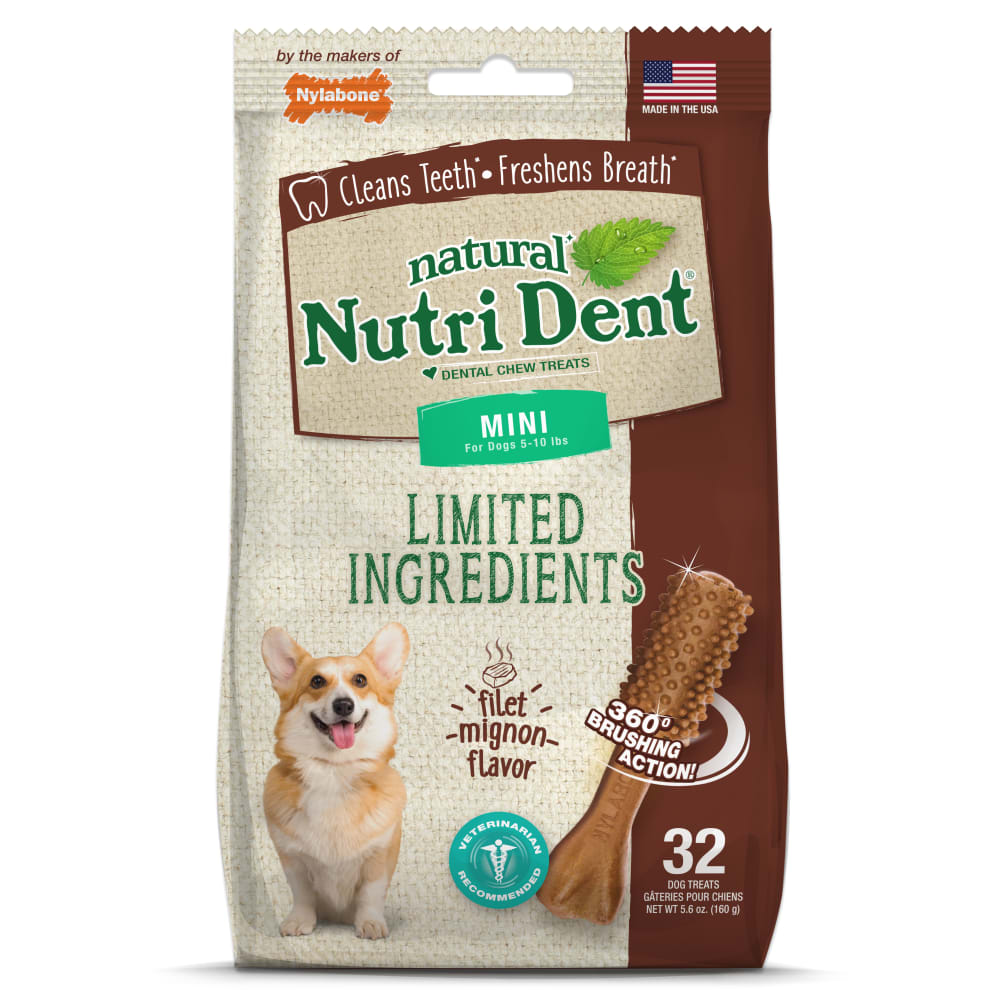How to Train a Dog: Tips and Tricks for Beginners
Training enhances your relationship with your dog and enriches the bond you establish with them throughout the years. If you're worried your pup will have trouble understanding commands, don't fret; dogs are smarter than you think! Once you learn how to communicate with each other, you may be surprised how much better you and your dog get along! If you’re just learning how to train a dog, here are 9 basic steps for beginners:
#1: Enroll in Obedience Classes
Dog training takes practice, especially with puppies. The more time and effort you put into the process, the more you will get out of it. If this is your first dog—and even if it isn't—there are times you may be at a loss about how to train your dog. Some pet parents hire a private trainer or even sign up for a training class.
During class, your puppy will learn some basic commands such as sit, come, down, stay, and how to nicely walk on a leash. These simple lessons with an instructor and other class participants will teach you the fundamentals while benefiting from others' trials and tribulations.
#2: Use Positivity
Your dog will respond to your direction if you make it fun. Animal behaviorists believe that the old ways of harsh corrections may work once or twice, but they are often inhumane and ineffective in the long run. Not to mention, your dog won’t understand why you’re angry with them!
According to a study done by the University of Pennsylvania, dogs who trained with aggressive or confrontational training techniques—such as being stared at, growled at, or hit—tended to respond in aggressive ways. Non-aversive training methods, such as exercise or rewards, are more successful in reducing or eliminating dog aggression responses.
Positive reinforcement lets your dog know that you are pleased so they will repeat that behavior next time. Depending on what your dog responds to best, rewards can consist of food, toys, or petting. Once they understand the desired behavior, reward them only some of the time (but verbally praise them every time). This way, they’ll work hard to please you in hopes of receiving a reward!
#3: Keep Training Sessions Short
You should begin training a few days after your pup has had a chance to settle into your home. Keep training sessions short—about 10 to 15 minutes. You can repeat the session later in the same day, but each one should be brief. Plan to engage in several training sessions a day because no dog learns to do something perfectly in only one take.

#4: Use Small Treats
As you’re learning how to teach a dog, offer plenty of treats as rewards. You can use dog treats, small pieces of string cheese, or cut-up veggies like carrots that they can chew right away. Give treats to your pooch within half a second of them completing the desired behavior. The faster you confirm the behavior you want, the easier it is for your dog to understand what you're trying to teach them. When you give the reward, follow it up with verbal affirmation.
Avoid handing out treats just because your dog looks cute. They will work harder to please you if they think they’ll get a reward. If they do something you don’t like, don't yell or punish—simply withhold the reward.
#5: Say a Cue Word Only Once
Say a cue word, like "sit" or "down," only once. Dogs are smart, so they hear your command and can follow it the first time. Repeating the cue word multiple times doesn't help your pup sharpen their listening skills, and like a teenager, they'll tune you out.
#6: Schedule Training Before Meals
Schedule your training session before your dog's regular meal. This way, they may pay closer attention to the instructions so that they can earn a tasty bite.
#7: Choose a Training Time with No Distractions
Choose a time for training when no one will interrupt you and you don't feel rushed. Turn your cell phone off and forget about answering the doorbell if it rings. This will give you quality time to devote to the training process.
For the first few sessions, pick a room in the house that's large enough to move around. Once your dog gets comfortable, take your training lessons outside, preferably to a fenced-in area, or keep them on a leash when you are in an unfenced area. Distractions could divert your dog’s attention, so you’ll need to become more interesting than street noise or a fast-moving squirrel.
#8: Don't Train When Your Dog's Not in the Mood
Don't train your dog when they’re hot, tired, or in the middle of playtime. You want them focused and eager for a training session, so it’s best to do it when you know you have their full attention.
#9: Don't Get Angry with Your Dog
If you ever become frustrated about how to train a dog, don't get angry with them. Just quietly end the session and try again later in the day. Many dogs become nervous and will stop paying attention to trainers who yell. Dogs can even become scared of training and decide that following directions is not for them. Stay calm and relaxed so that your pup will learn in a positive environment.
Practice Makes Perfect
Training a dog is a big responsibility that requires a lot of time and patience. But in the long run, it’s the most beneficial thing you can do for you both. With a little love and care (and a lot of treats), you can have your dog sitting, staying, and rolling over in no time!
If these tips on how to train a dog have sparked your interest, check out some other articles that explore dog training:
FOLLOW US!






